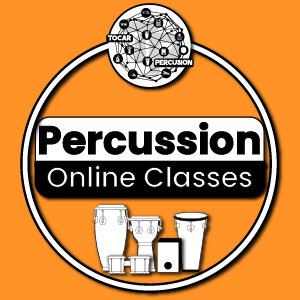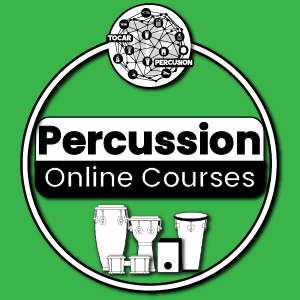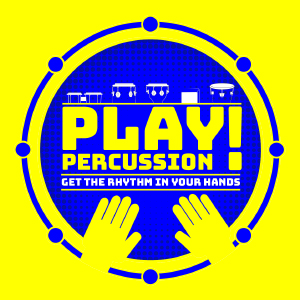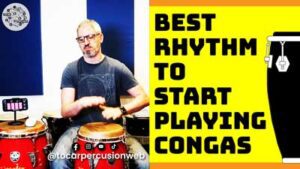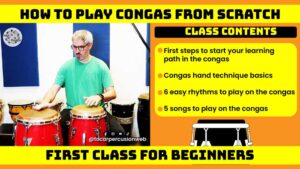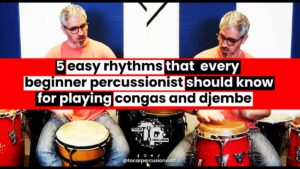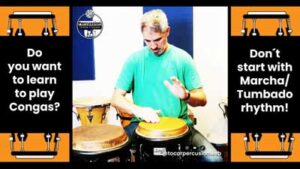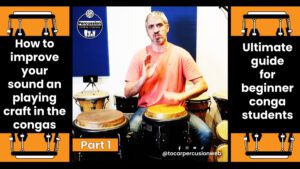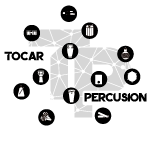Start your learning path in percussion today!
How to play congas from scratch
First Online Class for Beginners
Author: Facundo Alvarez, Percussion teacher and Facilitator
Congas is one of your Best Option to start your Learning Path in Percussion
Do you know that Congas are one of the top five instruments chosen by people to learn to play percussion?.
That’s because Congas are really versatile, allowing people to play all sorts of musical rhythm, from salsa to pop.
So if you’re looking for the right instrument to study your love and passion in percussion, congas are one of your best options.
Let’s see now the first steps to stop playing congas from scratch.
Start playing Congas using just the two easiest sounds
The most important thing to get a great sound on the congas from the beginning is to develop a solid hand technique.
For doing that, It’s really important, first:
1) Placing your hands in the right position to play the conga.
For that, what you’ve got to do is make like a triangle in front of your head and like you have it, you’re going to put it down in the drum and how you have it there, you’re going to play the congas with that hand position whatever you play in the Conga or the Tumbadora or in the border or in the center of the drums.

In terms of sound, you can say that Congas have two areas in which you’re going to play.
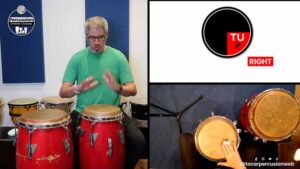
In the border area you’re going to play the Opens, the Slaps and the Ghost Notes.
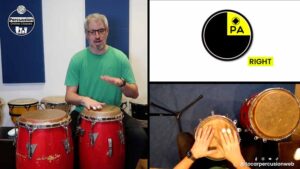 And in the center area you´re going to play the Tones and Double Strokes.
And in the center area you´re going to play the Tones and Double Strokes.
2) Hit the conga with the right part of your hand
What is important in each case, to get the right sound when you play, is playing the conga with the right part of the hand and in the right spot of the conga.
I know five sounds is a lot for a beginner percussion player, so my best advice to you is to start playing the congas just using the easiest sounds, which are Tones that you’re going to play with your whole palm in the center of the drum and the Opens that you’re going to play with the bottom part of your finger and top part of your palm in the border of the drum.
Let me show you a simple rhythm that you can play using those two sounds.
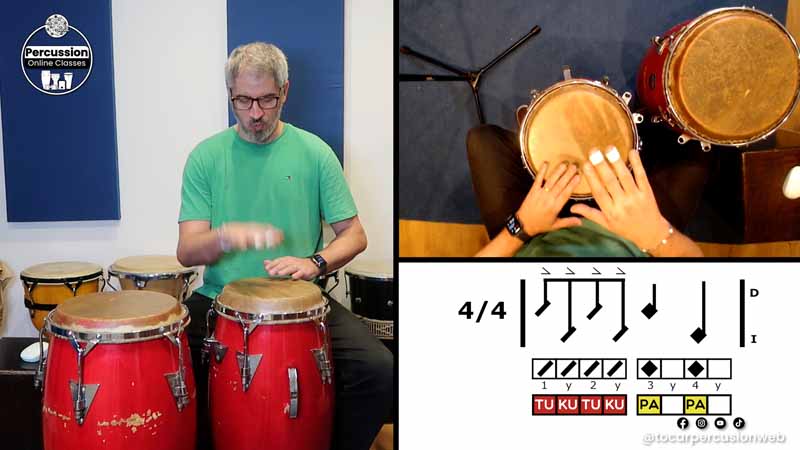
So, by starting to play congas with just these two sounds you´re going to avoid the most common mistakes beginners make, that is try to learn to play all the sounds at the same time, get stuck and in the end up not learning to play right any of them.
If you want to learn more about Hand Technique and How to Play the different Sounds on the Congas you can watch this video in my channel.
Focus on Developing your Conga Walking
The first goal that a beginner has to achieve when you’re starting to play the congas is developing what I call the “Conga Walking”, that is the ability to play a rhythm for a long time and keeping a steady tempo.
You know, in a way we can say that when you start playing a percussion instrument, you basically start walking on it. So to move forward and get better at that, you have to use the same logic that little kids use when they start walking. That is, go slowly, one step at a time building, in this case, your hand flow and your tempo sense while you’re playing the conga.
Start playing using the Hand Digitation 1&1 to play congas
To achieve this, you must first: start playing with the simplest hand digitation that is 1&1. And by doing that you’re going to replicate what you do when you walk. So, your hand sequence is going to be right, left, right, left, right, left, whatever you play.
Avoid Hand Repetition while you play the congas
Second, avoid any sort of repetition when you play because that goes against the natural flow of your hands.
If you want to learn more about Hand Digitation in Percussion, you can watch this video
Start playing the congas with simple and easy rhythms
Start playing simple rhythms at slow tempo, because in order for you to progress, you have to be in full control, technically, rhythmically and musically of everything that happens while you play in the Conga
Let me teach you an easy rhythm that you can play on the congas starting from scratch
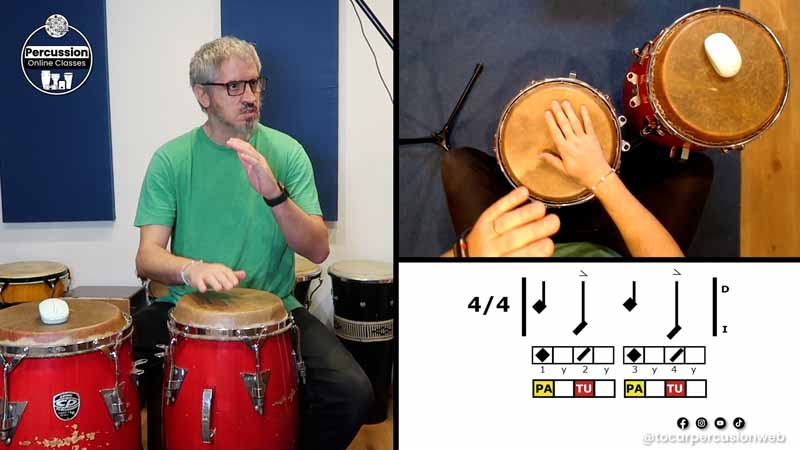
It’s a rhythm that you can find in several traditional Afro rhythm ensembles and in most of them it’s called “Llamador. Also, beyond its folkloric origin you can use this rhythm to play different types of music like: pop, brazilian, rock, among others.
Learn to play percussion online
¡Choose the way to learn to Play Percussion
that best suits your times and needs!
Learn to Play Percussion: Bongó, Conga, Cajón, Djembé, Timbal Brasilero
Percussion Online Classes
In the Online Percussion Classes, I offer individual and face to face classes for you to start learn to play percussion from scratch and learn to play and make music with the percussion instrument you like – Bongó, Cajón, Conga, Djembé or Timbal Brasilero.
Percussion Online Courses
In the Percussion Online Courses I offer you different virtual and self-paced courses options for you to start playing percussion from scratch and develop yourself as percussionist. Courses include several percussion instrument such as: Bongo, Cajón, Conga, Djembé or Timbal Brasilero.
Percussion Online Group Classes
In the Percussion Online Group Classes I offer grupal and face to face classes for you to start learn to play percussion from scratch and learn to play and make music with the percussion instrument you like – Bongó, Cajón, Conga, Djembé or Timbal Brasilero.
Activities suitable to all ages and levels
You don´t need to have previous knowledges of music or percussion to get started.
Focus on Playing only in One Drum, “The Conga”
As you can see here, we have two drums: Conga and Tumbadora, but for a “Conguero, no matter if he is a beginner or advanced player, the conga is the operation center.
To understand this idea we can make an analogy with the Snare Drum and the Drumset. In both cases, this is the drum in which you’re going to play most of the stuff that you’re going to play and the rest you´re going to use to improve rhythmically and musically what you play.
So, at the beginning, one drum is more than enough to start learning and playing.
And don’t worry, because there are a lot of rhythms that you can play in one drum before you move forward to a “Two Drum Setup”.
Also, a lot of the rhythms that you can see played in two drums actually are the combination of two individual rhythms that are played by the Conga and the Tumbadora separately in the traditional percussion ensemble.
Let me show you an example of what I’m talking about. I am going to play you the Rumba Guaguancó Rhythm, which is a traditional rhythm from Cuba. The traditional ensemble is built in this way:
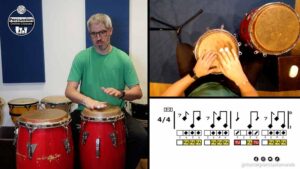 first, you have a rhythm played in the Conga called “Tres Golpes”
first, you have a rhythm played in the Conga called “Tres Golpes”
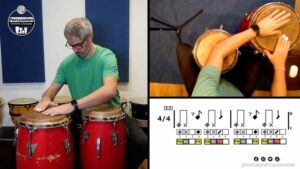 and you have another rhythm played in the Tumbadora that is called “Salidor.
and you have another rhythm played in the Tumbadora that is called “Salidor.
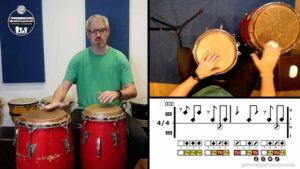 So you can play these two rhythms, separated and combined in a “Two Congas Setup”.
So you can play these two rhythms, separated and combined in a “Two Congas Setup”.
So, by focusing just on playing one drum first, you’re going to make things easier for you. Because when you are beginning to play the congas, maybe playing in a “Two Conga Set Up” is too much. Also, learning to play each one of this rhythm separately is going to give you a better understanding of what you’re going to play when you move from one conga set up to a two conga set up.
Start playing and practicing simple rhythms in the congas
And by simple, I mean:

1) Rhythms played using the 1&1 digitation
rhythms that have a simple music configuration
2) Rhythms that are short and repetitive
3) Rhythms that avoid hand repetition
4) Rhythms that are played at “friendly tempos”
5) Rhythms that are played in one drum only
Let me give you an example of a simple and easy rhythm.
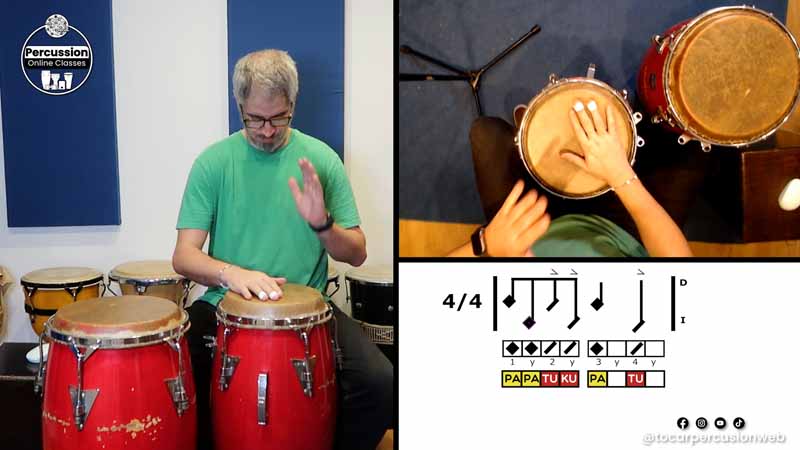
If you want to learn more Easy and Simple Rhythms to Play in the Congas, you can watch this video.
Checklist of Conga Playing Best Habits
To improve your playing skills in the congas we don’t just have to move our hands. Yes, we have to do that, but with a musical and rhythmic sense and in that way, we are going to be able to develop our Conga Walking and flow better while we play the conga.
To achieve that we have to keep present these “Conga Hand Technique Best Practices”:
1) Break the “Dominant Hand Trap”
To do that, you must stimulate both hands equally in order to match their sound and energy when you play.
2) Release your hands from the drum
The right hand motion to play is “Hit and Rebound”. Your hands are always in motion and ready to play and move in a cycle in which when one is hitting the drum is preparing itself to play.
3) Activate your wrists to play
Wrists are the key factor to improve your playing skill, both the sound and the speed you play your drum. Using them give us the time and space to place our hands correctly in the drum and gives us control over the strength with which we play the conga.
4) Work in your “Hand Dynamic Range”
You have to be able to control the volume and energy of each hit you play in the conga. To do that, we have to be able to manage the height and distance that our hands go through when we play the drum. -show short example-
Let’s see how to put together all this advice in playing a rhythm over a song.
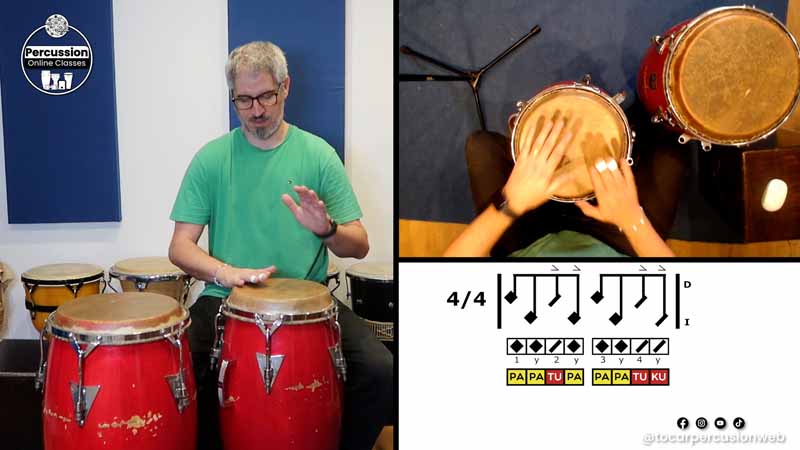
Metronome is the percussionist´s best friend
Metronome is a must have to any percussion player. Because, at the beginning of your learning part with the congas, It’s going to be the tool to help you to develop your tempo, sense and ability that is fundamental to any conga player.
So my best advice to you is never play anything in there. What I mean is without an external source of tempo.
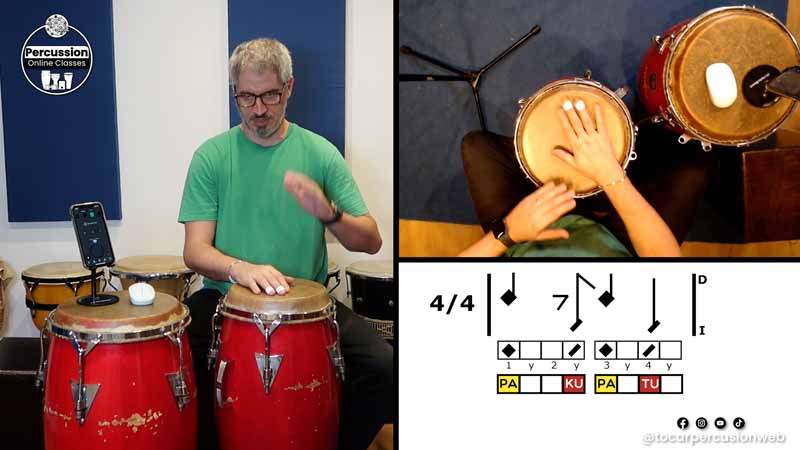
There are several ways to practice with a metronome. In here we’re going to see the basic ones, that are:
1) Playing the congas with the metronome playing the beat, so the metronome is going to be set in Quarter Notes.
2) Playing the congas with the metronome playing the subdivision, so the metronome is going to be set in eighth notes.
If you want to learn more about the Basic Rhythm Theory you must know to play percussion you can watch this video.
Practice on congas playing songs improves your playing and musical skills
Songs are another external tempo reference that we can use to practice and improve our playing skills in the congas.
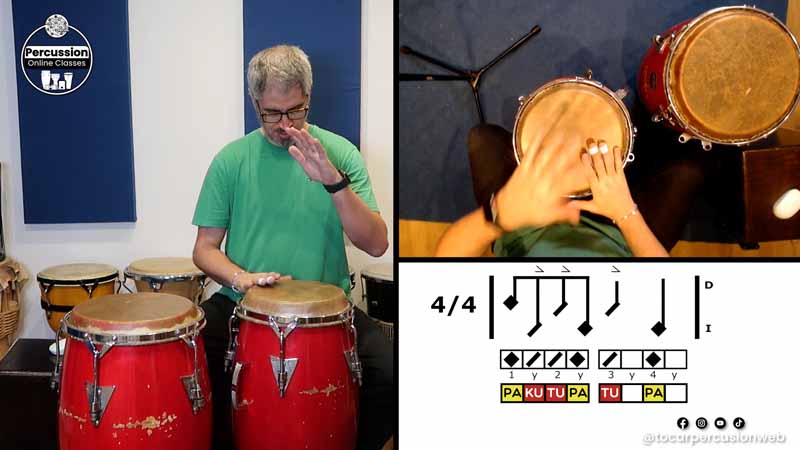
However, the practice around them is different than the one that we can do with the metronome, basically because there are more elements involved. So playing over songs has to be the closing stage of any rhythm or musical piece you learn to play in the congas, because playing songs is a step in which you put everything you learned into practice to make and play music with the congas.
So this is the end of the video.
I hope you find it useful and entertaining, and that it helped to start your learning path with the congas.
Any comments or questions that you have are on the different matters I went around in the video, please leave it in the comments.
I see you in the next video.
Read more post
percussion facilitator
Facundo Alvarez
Percussion Facilitator
For 20 years I´ve dedicated myself to develope educational and recreational materials and experiences, with the goal of facilitate access to percussion learning to people of all ages
In all the projects I work motivated by the premise that "Percussion is for everybody" and that "Everyone can learn to play percussion".
My main goal is to help, as many people as I can, to live the unique experience of making music with percussion instruments.
